Escape the echo chamber – acoustic treatments for video conferencing
It’s no fun conducting a video meeting when you simply can’t hear what’s being said. As TAFE NSW discovered, the solution can be as simple as fitting high-performance acoustic curtains.
One of the enduring legacies of the COVID era will be the rise in the importance of video conferencing.
Since the pandemic began, the world has steadily moved towards distributed workforces, telecommuting and ‘working from home’. With people and teams needing to meet in virtual environments, the ability to see and hear one another clearly has become critical to how we connect and collaborate with one another.
Given the huge spike in the number of video conferences we take part in, it’s surprising how little time and consideration is given to the acoustics of video conferencing spaces.
Minimalist design trends in offices mean that hard, reflective surfaces such as wood, glass and concrete have become commonplace. But these surfaces create poor acoustic environments for video conferencing that can have a profoundly negative impact on hearing and speech intelligibility.

The TAFE NSW experience
TAFE NSW is just one organisation that has come to rely heavily on video conferencing for managing the challenges posed by COVID lockdowns and stay-at-home orders. Those challenges have been magnified, however, by the experience of poor acoustics in some of TAFE NSW’s video conferencing rooms in their Ultimo campus. The echo in some rooms has been so severe that staff have been forced to relocate meetings just to hear what is said.
The building with the biggest acoustic challenges at this campus was built in 1891, with very high ceilings and hard, flat surfaces. Jeremy Leis, TAFE NSW’s Facilities Operations Manager, explains that these design features cause a “significant echo in the room when on a video conference or phone call, in some cases making the rooms unusable as the other end couldn’t understand what we were saying.”
What Leis describes here is actually a very common architectural acoustic problem – high reverberation time. When a sound is created, it will bounce off hard, reflective surfaces such as glass and concrete. Reverberation time is the time required for sound to ‘fade away’.
High reverberation times in a poorly designed room can significantly affect speech clarity and intelligibility and result in poor listening comfort for both in-room and ‘far-end’ listeners. When listeners are forced to have to concentrate on what is being said, communication becomes muddied and listener cognition is reduced.
Addressing the reverberation time problem
When Leis contacted Peter Watkins at Acoustic Blinds and Curtains to discuss TAFE NSW’s acoustics issues, Watkins explained that reverberation time in each of the meeting rooms could be significantly reduced with the addition of sound-absorbing materials such as panels, curtains and other fabrics.
Watkins proposed that Acoustic Blinds and Curtains conduct reverberation time testing in three rooms using an Acoustic Analyzer. This would allow them to quantify the acoustic problem and then recommend an appropriate treatment with acoustic curtains.
The tests carried out in each room showed reverberation times to be above the recommended reverberation time range stated by the Australian Acoustical Society (AAS). For board and conference rooms, the AAS recommends a reverberation time of less than 0.8 seconds. The reverberation time in the TAFE NSW video conferencing rooms was shown to between 1.06 and 1.16 seconds, figures up to 33% to 45% higher than recommended.
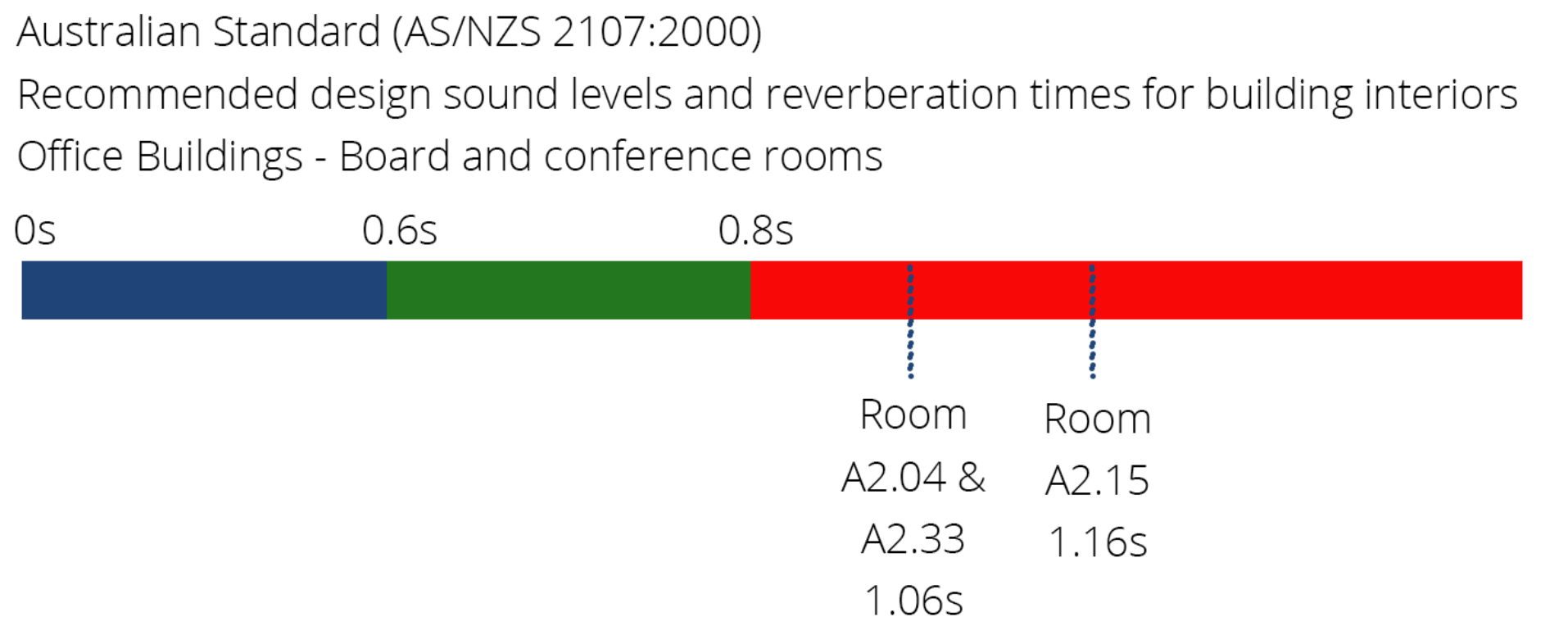
Even the reverberation times listed in the Australian Standards for board and meeting rooms are considered by many acoustic engineers to be too high to provide a high-speech intelligibility environment. They are considered even less suitable in the case of video conferencing as meeting participants are likely to hear unwanted sounds in the room much more than the participants in that room.
Acoustic Blinds and Curtains used the Sabine equation to propose an appropriate treatment with acoustic curtains based on room volumes, the Noise Reduction Coefficient (NRC) of the acoustic curtains and the target reverberation time.
The NRC is the global testing standard for sound absorption of tiles, panels, fabrics and other building materials. A value of 0 is no sound absorption. A value of 1 is complete sound absorption.
Acoustic Blinds and Curtains fabrics have an NRC of up to 0.75 and are ideally suited to improving the acoustics of any room. The company’s acoustic fabrics are the product of years of research and development, and combine natural sound absorbing raw materials with a unique fabric construction to maximise sound absorption.
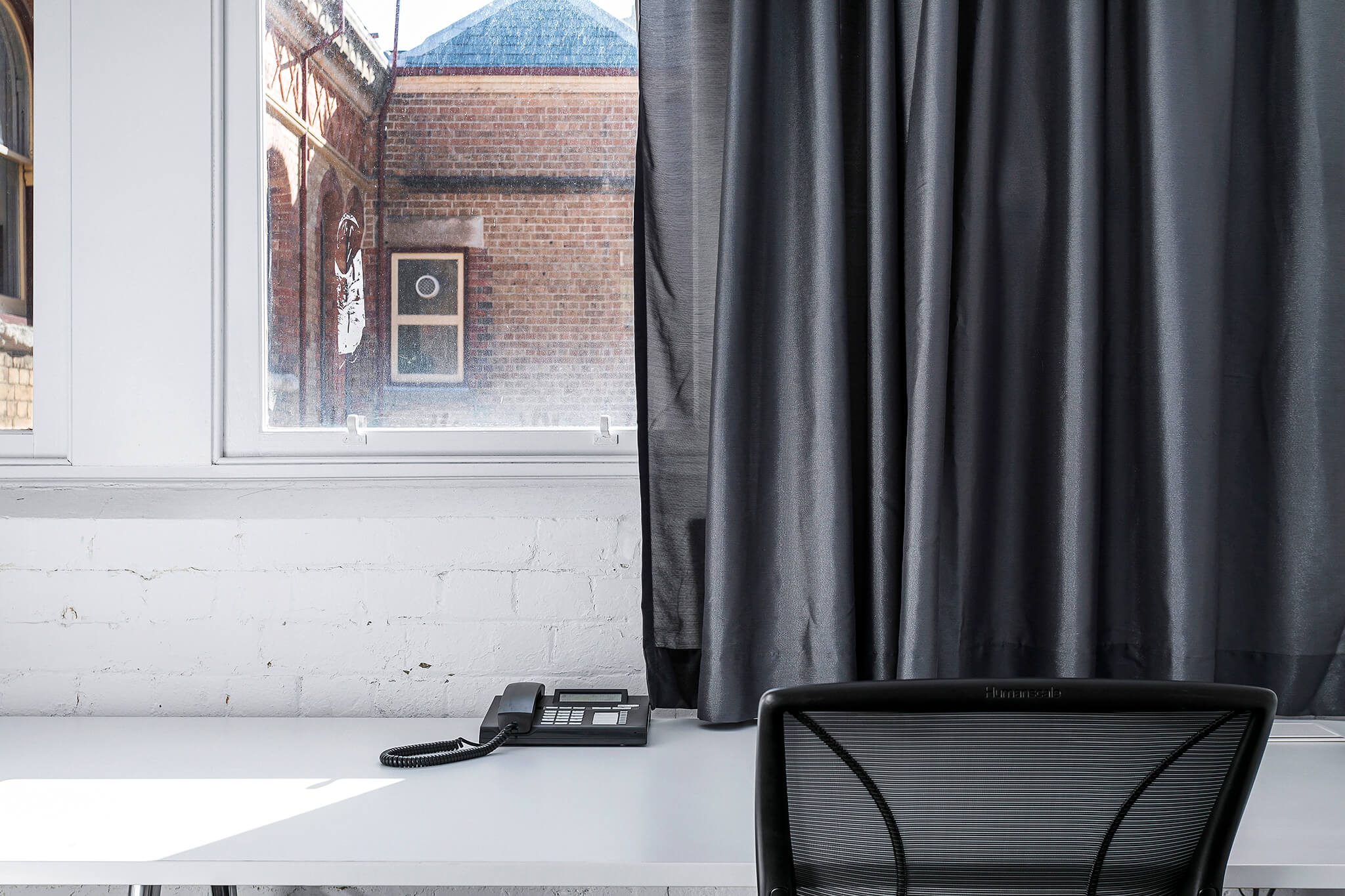
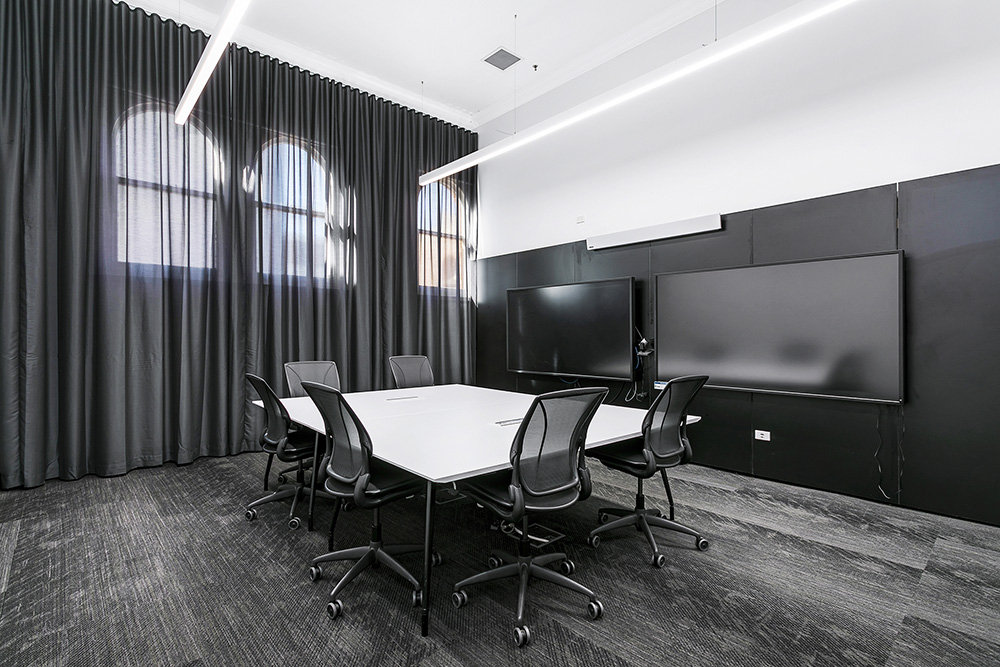
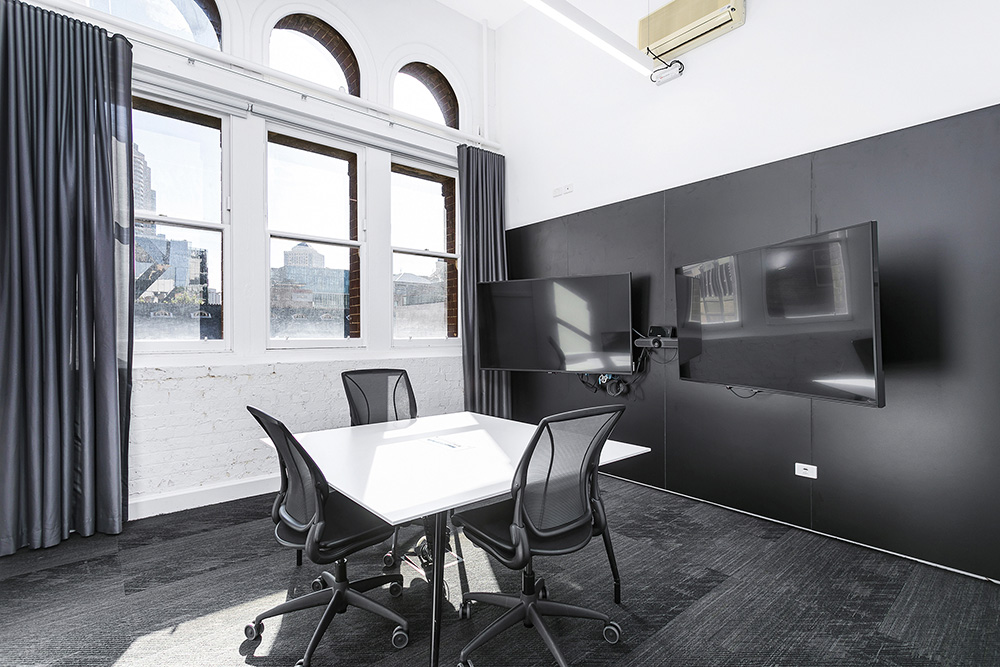
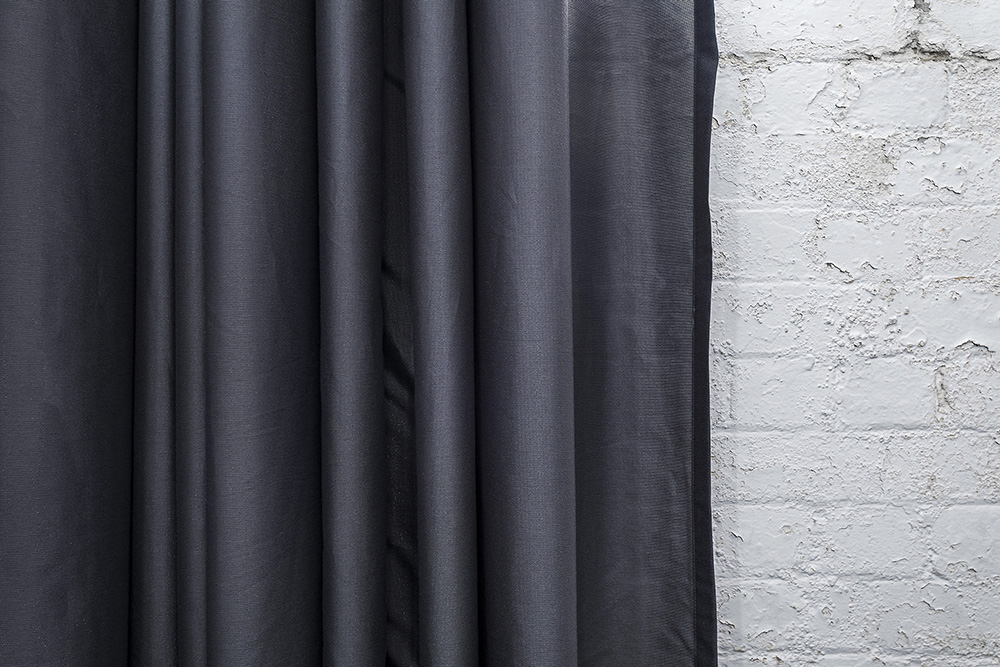
Acoustic improvements delivered
Based on the testing carried out by Acoustic Blinds and Curtains, TAFE NSW agreed to install one floor-to-ceiling Byron Sheer acoustic curtain in each of their affected video conferencing rooms.
The result was a 26% to 40% decrease in reverberation time, bringing two rooms into the recommended range and the third room just above the recommended range.

TAFE NSW’s Facilities Management team performed their own tests on the rooms and noted that the quality of the video conferencing meetings had improved. “We took a before and after recording of a video conference and it was noticeably easier to understand someone talking in all areas of the room,” Leis says.
He also highlighted the premium finish of the curtains, stating that the curtains “look great in situ”.
Leis says he couldn’t fault the customer service offered by Acoustic Blinds and Curtains.
“My dealings with Pete were great – he’s genuine, accommodating and happy to work around our parameters. I’m very satisfied.”
On the back of fitting Byron Sheer acoustic curtains to the three rooms, TAFE NSW have ordered acoustic curtains to be fitted to all of the meeting rooms at its Ultimo campus.
Contact Acoustic Blinds and Curtains for a copy of our test results, or to organise acoustic testing of your room or space.

We live in a Retirement Village on the Sunshine Coast and have a large community hall where we hold numerous functions. At our Happy Hour on Friday nights we usually have about 120 people and the President of the Residents’ Committee addresses the residents on the microphone and it times, it is very hard to hear him speaking. Would these curtains help carry the sound thought out the hall? Approximately, what is the cost of these curtains? Thank you for your time, Dell Moore